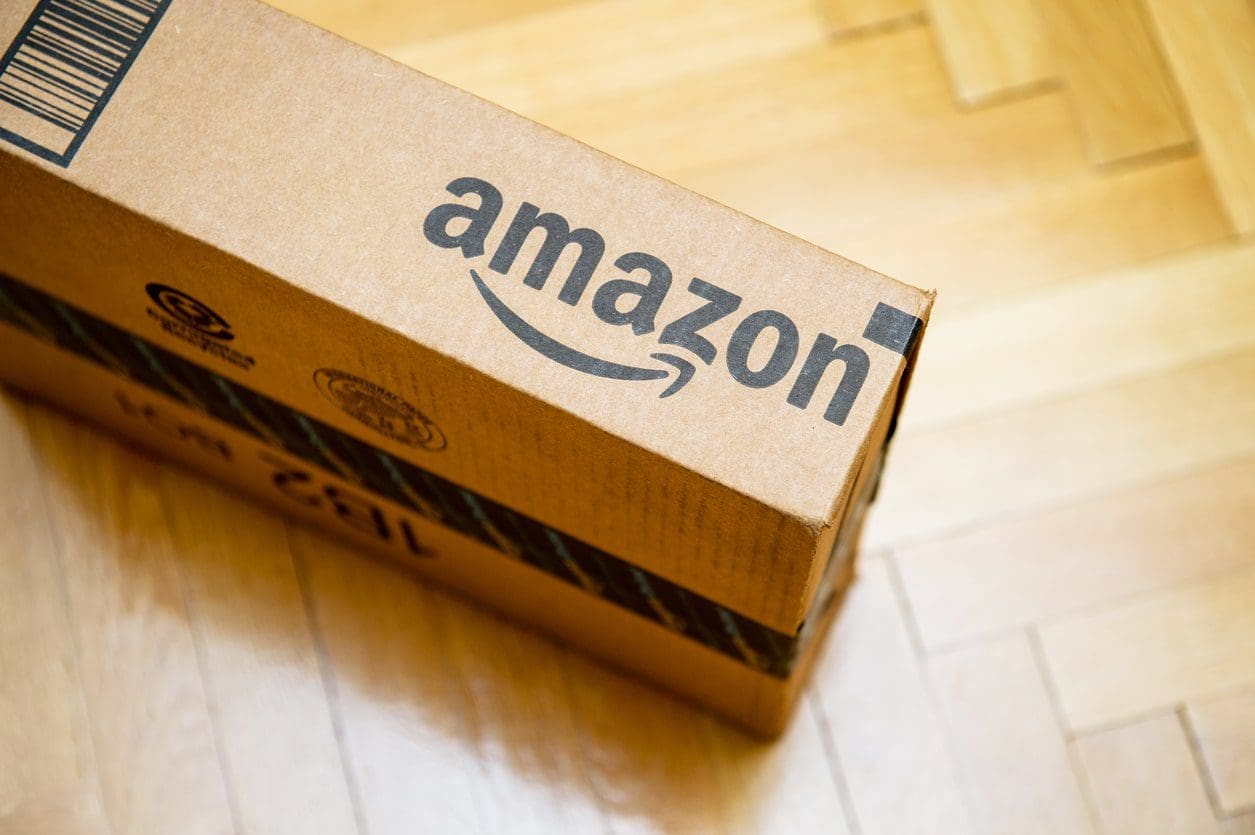Overhead is a killer for internet-based businesses. It’s true you’re not dealing with the rent, utilities, and staffing costs of running a brick-and-mortar storefront. But expenses still add up quickly
Having limited overhead leaves fewer opportunities to spend less than your competition for your business’s core operations. Fewer savings opportunities make it that much harder to find the money for promotions and customer service to drive customers to your door instead of somebody else’s.
But that doesn’t mean there are no opportunities to cut your business expenses. Here are eight of our favorites for e-commerce business owners.
8 Ways to Reduce E-Tail Overhead Expenses and Outperform the Competition
1. Pack More Efficiently
Most e-commerce shops buy one or two kinds of boxes and ship their supplies in them because that’s the easiest way. The result is that items end up in containers that are too big, increasing postage costs. It’s a small extra expense at first, but when you start shipping a thousand units a month, it can add up to significant money.
Take the time to buy the right box for every item you sell. That way, you ship your wares at the lowest cost possible. It’s one of those investments that pay off forever once you put in the initial effort.
While You’re At It
Look into how you’re packing and shipping your products. If your storage and fulfillment process is streamlined and straightforward, it saves you labor costs. If it’s disorganized and difficult, that’s unnecessary money going out of your pocket.
2. Buy in Bulk
Buying supplies and wholesale products in larger quantities means you pay less per unit, which reduces your overhead expenses.
Some suppliers list decreasing prices for larger quantities, but others will negotiate a deal they don’t advertise. They decide to sell what they can for full price but offer a reduced price on large orders when asked. Remember: Nobody will increase your prices if you ask for a discount, so pick up the phone and see what can happen.
Remember, you can negotiate for bulk pricing over time. For example, if your vendor’s threshold for the discount is 1,200 units, you might be able to get it by committing to 200 units per month instead of buying them all at once. Again, you have nothing to lose from asking.
While You’re At It
If you could qualify for a bulk discount, but you can’t get the money upfront, consider a business line of credit or using inventory funding to free up needed capital. These can help with bulk supply and wholesale orders, along with several other cash flow issues that plague small businesses. Run the math on fees and interest to make sure it doesn’t cost more money than it saves.
3. Pay Vendors Strategically
If you let your vendors choose their payment timeline or leave it to chance using their defaults, you end up with cash flow issues when payment for your sales comes in after you need to pay your bills. At best, this results in strained relationships with the vendors who make your business possible. At worst, you rack up late payment fees or credit card interest that cuts into your bottom line.
From the beginning, work with your vendors to set a payment due date that works with the flow of your predictable incoming sales. This means you have to study and understand your business’s cash flow trends, but you were already doing that, right?
While You’re At It
Many vendors deliver your orders and expect payment within 30, 60, or even 90 days after receipt. With focus and effort, this makes it possible to sell the entire order before payment comes due — and then pay the vendor for units you’ve already sold. Be careful ordering on margin like this, but if you can pull it off, it can do wonders for your bottom line.
4. Trim Your Offerings To Cut Overhead Expenses
Some online businesses offer only one item and do it so well that’s all they need to sell. If that’s you, go ahead and skip this section. If you offer multiple items, though, consider culling the worst-performing.
Each item you sell requires another supply order to manage, another size of packaging, another line item to track in your reporting, another set of advertisements to draw attention to it. Cutting your offerings, then spending that money on advertising your top performers can streamline your business and increase profits.
Remember that sales volume is not the best metric to decide which of your products to cut. Look instead for net profit and customer lifetime value. These numbers show you which items do the most good for your business overall.
While You’re At It
Although your worst-performing offerings need to go and can reduce overhead costs, they might represent an excellent opportunity for somebody else. Don’t just discontinue your program of selling those. See who might be willing to buy that part of your operation as a turnkey business. Funnel that money into bulk discounts and doubling down on your best-performing items.
5. Get All the Discounts
Most of your vendors, suppliers, and distributors offer one or two discounts upfront to entice your business and get you to spend more. But those won’t be the only discounts available to you to reduce overhead expenses. Deals you might qualify for include:
- Bulk discounts (your manufacturer may offer volume-based discounts on larger orders, for example)
- Bundling discounts from ordering multiple kinds of things altogether
- Clearance discounts, where you can get a great deal on something you can use or sell
- Co-advertising credits, a discount for mentioning your vendor or referring a new customer
- End-of-quarter discounts, where you get a deal so they can make their quotas
- Holiday discounts, either because it’s a holiday or themed for certain items
While You’re At It
Also approach the discount option from the other side of the equation: how you pay. Do you have a rewards or cash-back card you could use to pay your vendors? If so, be strategic and maximize your points.
If not, find out if the vendor has a cash or check payment discount. Since processing your card costs them handling fees, they might take that off the top if you mail them a check or pay via direct deposit.
6. Find Free Shipping
You’re not going to find anybody to ship things to your customer for free. We’re talking about getting supplies sent to you, your warehouse, or your fulfillment center either free or at a significantly reduced cost to reduce overhead expenses.
To make this happen, you need to identify the shipping sweet spot for your suppliers. Some will reduce shipping charges if you order enough product — another form of bulk discount. Others will reduce costs if you purchase enough items. Still others have a rough cash flow at the end of the month and will kick in free shipping if you place your order then.
This will take some investigation, but when you find this overhead cost-cutter, it gives you an edge over all your competitors who haven’t.
While You’re At It
Consider consolidating your vendors and ordering your supplies from as few companies as possible. The more you order from any one business, the better you’ll be able to negotiate for perks like free and reduced shipping.
7. Use Your Mailing List
You may have heard the oft-quoted statistic that it costs seven times as much to attract a new customer as it does to sell to an existing client. The specifics of this vary depending on the industry, but you do get higher profits when you’re no longer spending money to get somebody’s initial attention. Maximizing the power of your advertising dollar is one way businesses often forget can reduce their overhead expenses.
Your mailing list can be one of the most effective, least expensive ways to mine your existing audience for more sales. The dos and don’ts of this process are beyond the scope of this article, but the more you leverage this communication channel, the more you’ll save on your sales.
One technique that works well is calculating how much you save by marketing to your mailing list instead of marketing to the general public. Then offer your subscribers a discount equal to 50% to 75% of that savings. You still save money on orders, and they appreciate their exclusive deal.
While You’re At It
You can get similar results from activating your social media following through discounts, flash sales, and similar engagement techniques. Create a content calendar and follow through on it to make extra sales with this part of your audience.
8. Install an Abandoned Cart System
Chances are, you’ve had this experience before: You’re all set to purchase something online, but you get pulled away at the last minute. Maybe something came up at work, or maybe one of your kids called for your attention. Whatever the reason, did you return later and complete your order?
Most likely, you didn’t.
An abandoned cart system notes any time an order gets to this stage but doesn’t finish. Then, the system sends a reminder via email to the person who relinquished their order. These reminders work very well, especially if they include a discount or bonus gift for customers who return and complete their orders.
While You’re At It
Set up a drip system for your store. This is a list of contact emails for everybody who interacts with your business in any way. Don’t send this list emails once a week; they’ll unsubscribe. Just send a high-quality message once a quarter or twice a year to remind them you exist and are happy to do business with them whenever they’re ready.
Final Thought: Start With an Inventory
Don’t inventory your stock; inventory your opportunities to reduce overhead expenses. Go through each of the items above and look deeply into your spending for the categories in question. Can you find a way to trim expenses by $100 each per month? How would you leverage that $1,200 per year to improve your business’s reach, service, or performance?
There’s only one way to find out. I’ll leave you to it.









